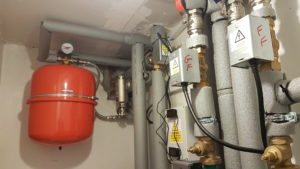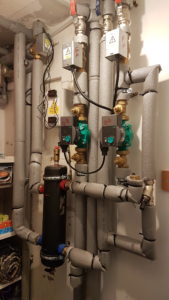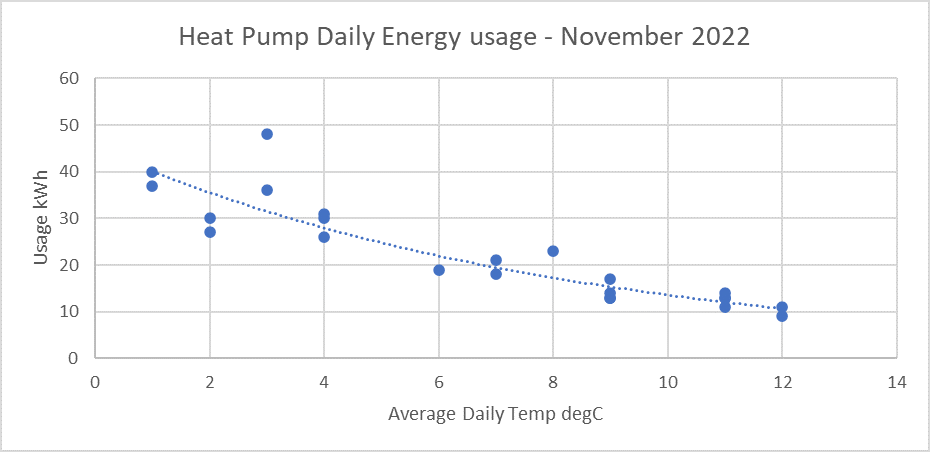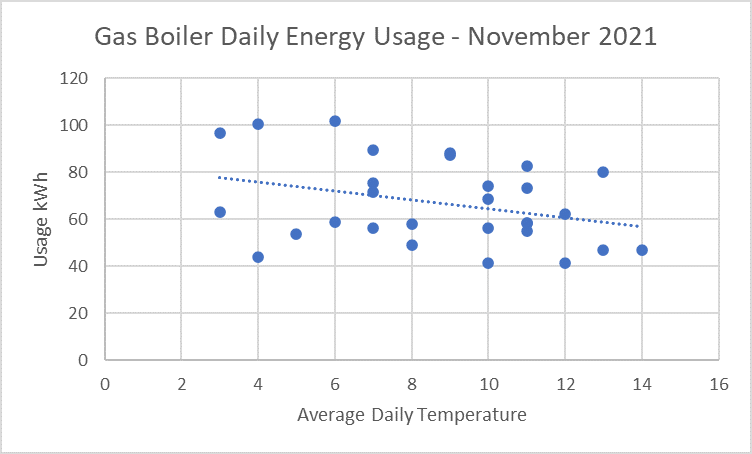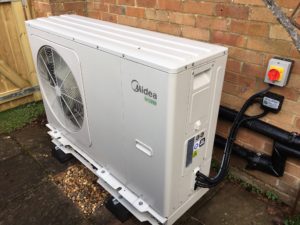
1st Silchester Guides gave a presentation to the Greening Silchester Public Meeting on how they felt about Climate Change. This is what they had to say:
We will be talking about making Silchester greener, mainly climate change. If the globe continues to become warmer, the icecaps in Antarctica will melt and the native species will become homeless and die out. For example, penguins and polar bears.
To avoid this, we should all do our part by continuing or starting to turn off the lights, use less petrol fuelled cars. If we do this we should begin to see positive changes in the world.
Thank you for listening.
Tackling climate change is important to me because I am a part of the next generation and I wanna be a part of the world that isn’t full of global warming and dirty air. I think we should tackle to eliminate change so we don’t destroy the earth for the future.
I think to help tackle climate change we should: plant more trees, so there is more oxygen, go litter picking regularly, recycle more like paper and plastic, wrap up so you can turn the heating down. Spend less time on electronic devices. All of this and more will help save our planet and ourselves.
Lots of children and teenagers also like riding their bikes around, but if we don’t stop climate change, they can’t go out and actually enjoy being out with their friends.
I think it’s important to end climate change because loads of people around here have dogs and need nice spaces to walk their dogs and it gives them a chance- to let them off the lead.
So, try to recycle everything you can to keep Silchester as good as new.
I think it is important to green Silchester because we’re the new generation of people and it will affect us more than you. If we don’t stop this now, people who won’t be born for another 10,000 years will live in a horrible world.
Every year the sea rises 3.4 mm per year – Sea level NASA
If we did not recycle, then land fill will get bigger and that causes less space to live. Did you know that a singular plastic bottle take more than 450 years to decompose.
Climate change affects everyone, not just plants and animals. Multiple jobs rely on nature such as ecologists, geographers, conservationists and farmers. This will lead to a supply in demand in those jobs and will affect the economy. Climate change also affects trading and globalisation. Industries for exotic suppliers will become more common, leading to less trading industries.
I think you should buy electric cars because, less fumes will be released into the environment. I also believe that littering will have to stop soon because it causes climate change and that will melt icebergs, which will lead to extreme flooding. Our amazing planet will be covered with not so amazing blue.
I want climate change to stop, so I can live forever and animals can be happy.
I want to stop climate change as I want to live longer and save the animals. We need to save the animals, as they help us to live as they produce food for us.
You should turn off the lights to save electricity. Stop deforestation – stop cutting down trees. Get an electric car it is better for the environment.
Turn heating down (at least 1), pick up litter – do a national pick-up litter day! Recycling means more local recycled things turns into useful stuff.
Got to get the place more green, all over the world I’ve seen lots of people have been destroying it – you don’t even know you are doing it at all. The Right thing to do with our world is not to litter even though some of you do. Even if you think it ok, its not at all so please do not litter.
Everybody should be nice to our wildlife, because all humans’ beings would not live at all without trees, because they produce 02/air and the trees take in all the carbon dioxide.
Not everyone is nice to our plantations, but you could help plants and living things, you can help like saving electric, so you can save your money to buy more plants and thing to help make Silchester more green!

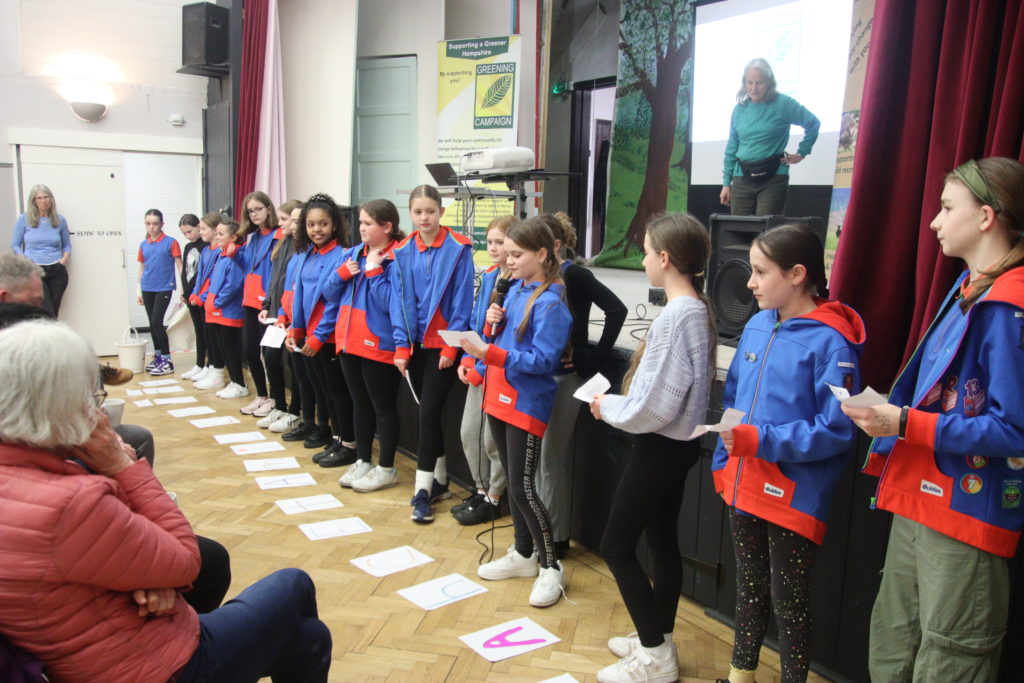

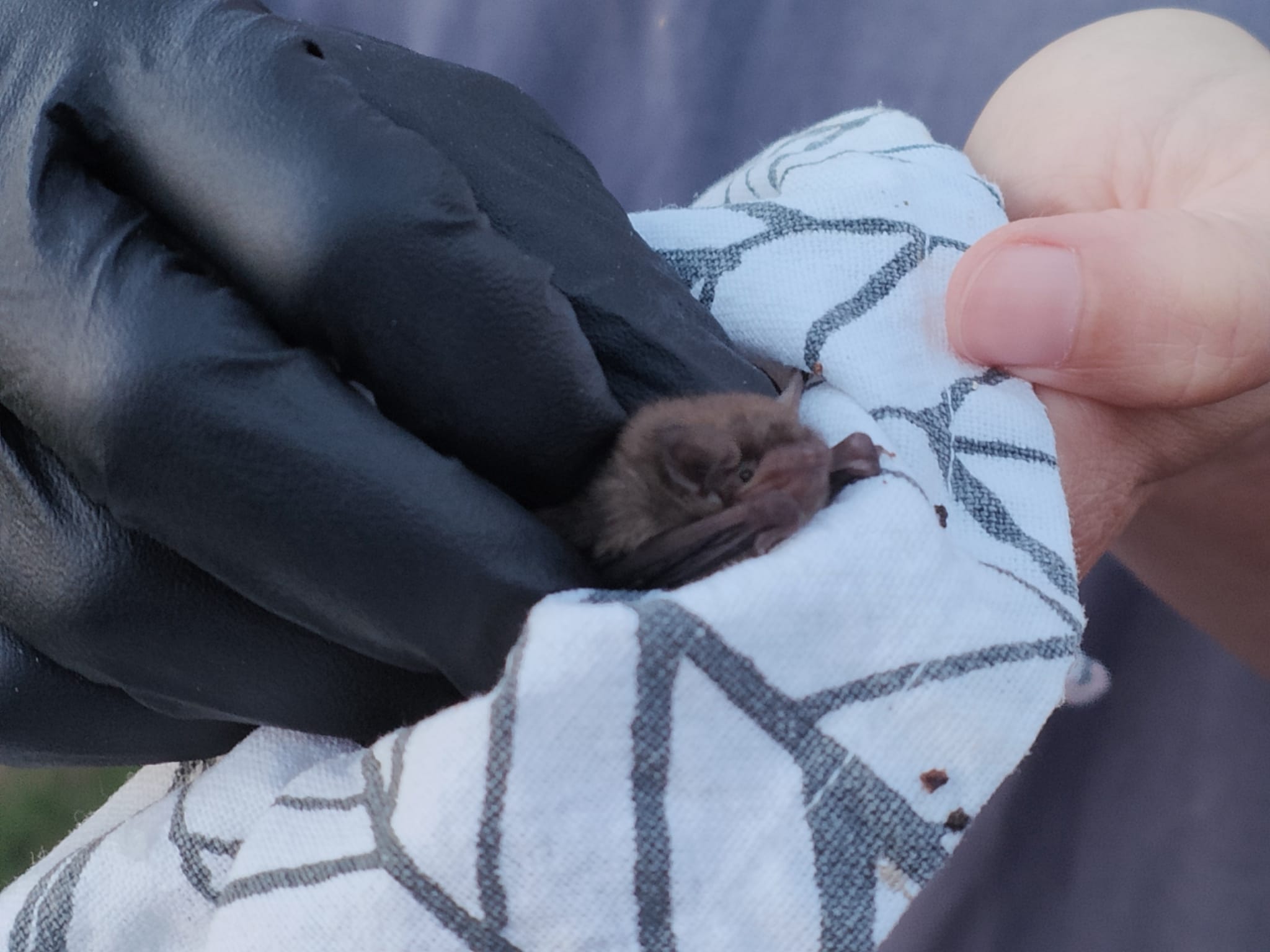
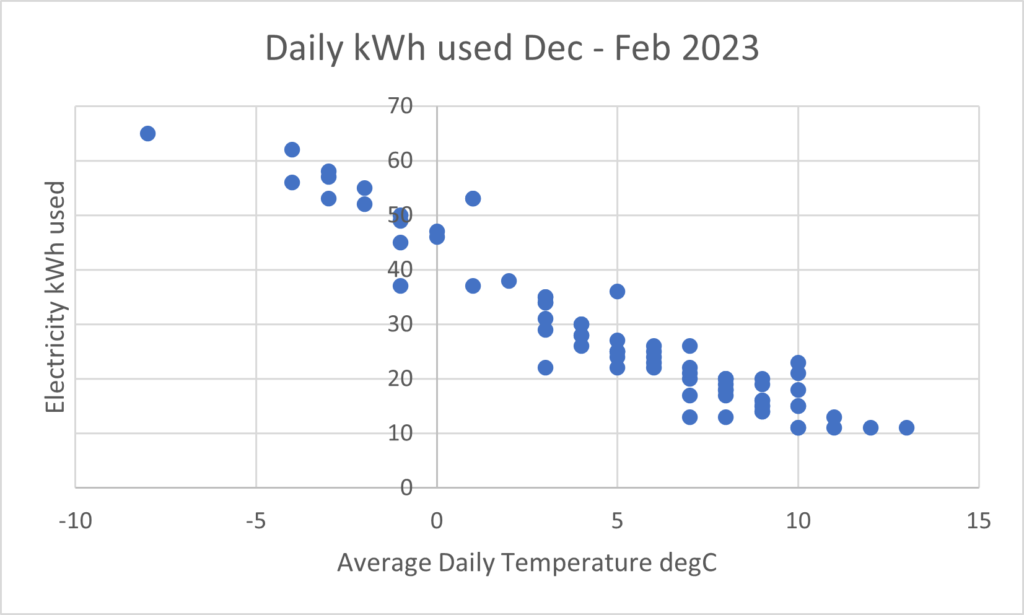



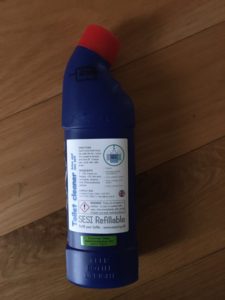

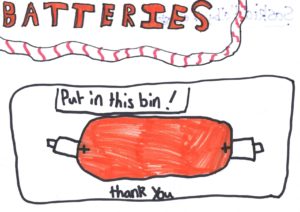
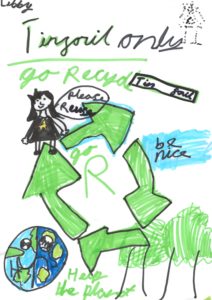

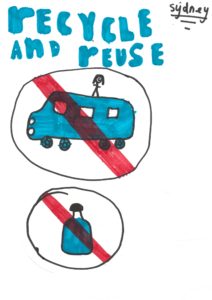
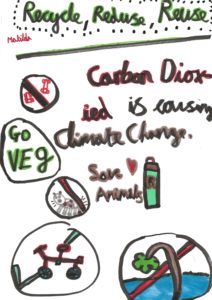
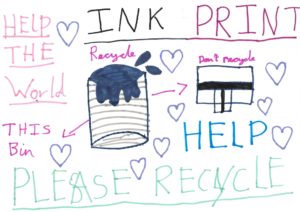
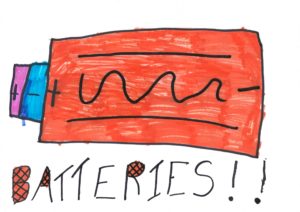

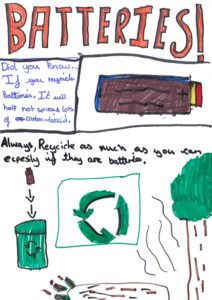
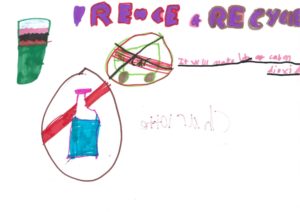
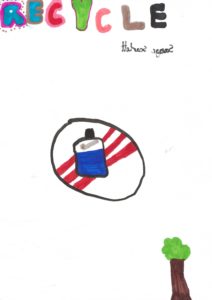





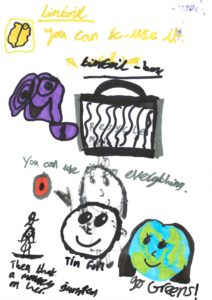
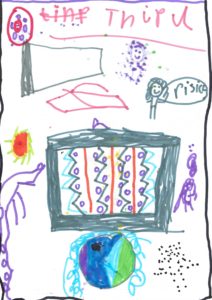
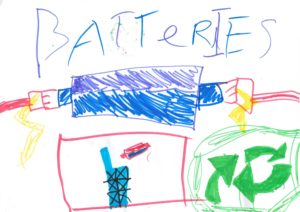
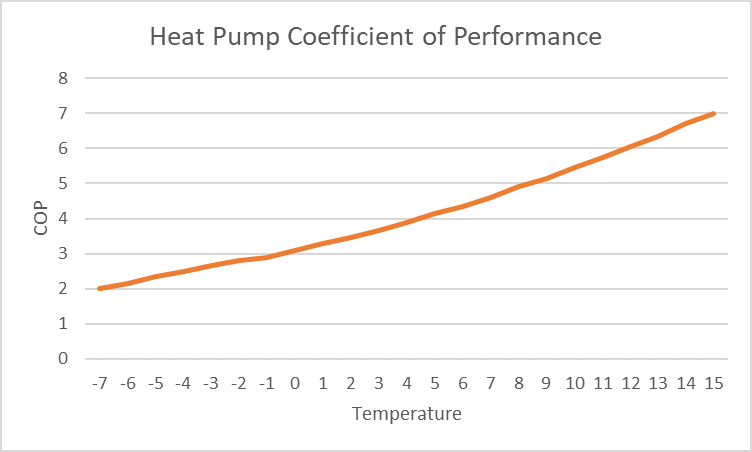
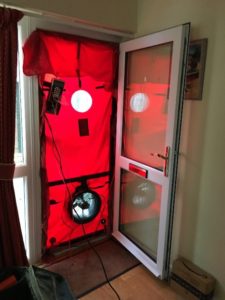 We also had an air tightness test to check how airtight our home is. This involved putting a large fan in our front door, raising the air pressure in the house slightly, and looking at how quickly this went down. This was optional, but in our case worth doing, as our house is pretty airtight for its age, and having this evidence enabled us to buy a smaller heat pump.
We also had an air tightness test to check how airtight our home is. This involved putting a large fan in our front door, raising the air pressure in the house slightly, and looking at how quickly this went down. This was optional, but in our case worth doing, as our house is pretty airtight for its age, and having this evidence enabled us to buy a smaller heat pump.